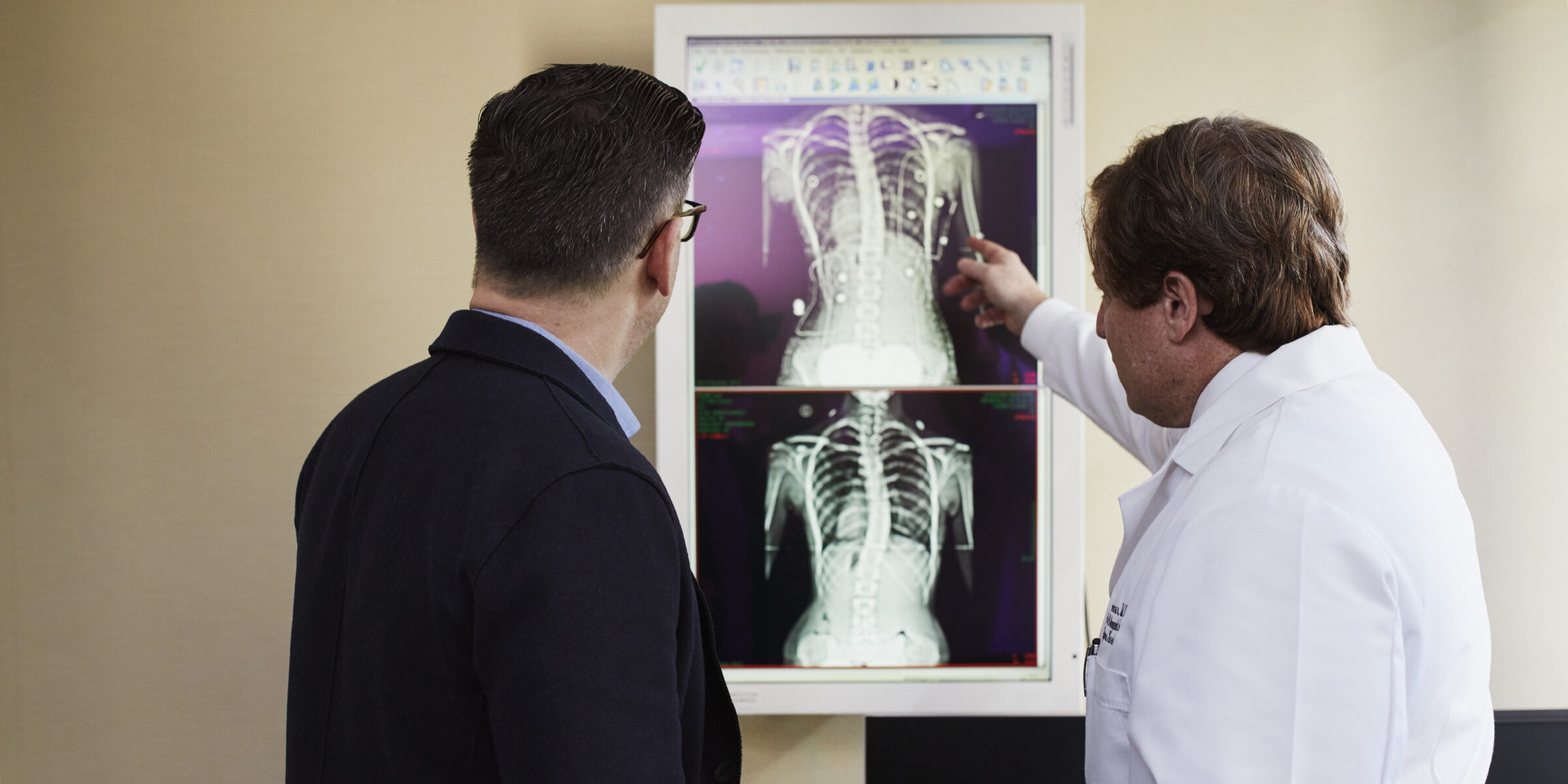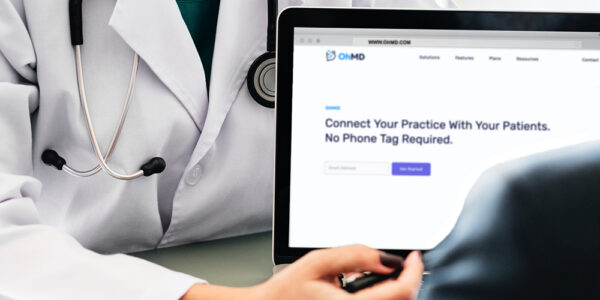Patient relationship management is an essential aspect of all successful practices. In business, customer relationship management plays an integral role in the success of all companies. Businesses depend on keeping customer relationships intact and increasing consumer loyalty. In the healthcare industry maintaining patient relations is even more important, often resulting in an increase in revenue in addition to improved patient health outcomes.
What is patient relationship management (PRM) in healthcare?
Patient relationship management (PRM) in healthcare refers to the strategies, tools, and processes that providers use to build, maintain, and strengthen long-term relationships with patients. Similar to customer relationship management (CRM) in business, PRM focuses on enhancing communication, trust, and engagement throughout the patient journey.
Rather than treating care as a one-time transaction, PRM emphasizes continuity, which includes staying connected with patients before, during, and after their visits. It includes everything from timely follow-ups and appointment reminders to ongoing education and proactive check-ins. When supported by the right technology, PRM helps practices deliver more personalized, coordinated care that leads to better outcomes and stronger patient loyalty.
What are the four types of patient relationship management?
Patient relationship management can be grouped into four key types or pillars, each serving a distinct role in strengthening the connection between patients and providers:
1. Communication management
At the core of PRM is timely, two-way communication. This includes appointment reminders, follow-up texts, patient education, and quick responses to questions. Platforms like OhMD make it easy to send HIPAA-compliant messages that keep patients engaged and informed.
2. Access management
Patients expect care to be convenient. PRM focuses on reducing barriers by offering digital forms, online scheduling, virtual visits, and easy access to health records. When patients can reach your team and access their information effortlessly, trust and satisfaction grow.
3. Relationship-building
Strong relationships are built on empathy, consistency, and personalization. PRM strategies often include post-discharge check-ins, wellness outreach, or even simple messages like birthday greetings. These touchpoints help patients feel cared for beyond the clinical visit.
4. Feedback and improvement
Gathering patient feedback is essential for strengthening relationships over time. PRM involves collecting reviews, surveys, and satisfaction scores to identify gaps in the experience and improve care delivery accordingly.
Why patient relationship management matters
Fostering meaningful relationships with your patients is one of the most important aspects of a successful practice. Patients keep or switch healthcare providers based on their experience with a practice. One study found that patients who reported poor-quality relationships with their physicians were three times more likely to switch practices than patients with high-quality relationships.
In a study relating patient relationships to health outcomes, researchers found “…the beneficial effects of a good patient-clinician relationship on health care outcomes are of similar magnitude to many well-established medical treatments.” The study also identified the advantages of patient relationship management over medical treatments, stating that “…many of these medical treatments, while very important, need to balance their benefits against accompanying unwanted side effects. In contrast, there are no negative side effects to a good patient-clinician relationship.”
Healthcare’s transition to value-based care
The ongoing progression from a fee-for-service health system to value-based care revolutionized the way providers bill for provided care. Healthcare providers are reimbursed based on the quality of their work rather than the number of patients they see.
Several measures of quality of services rendered and the health of a population decide the size of these reimbursements. With this new structure, providers are incentivized to use evidence-based medicine and data analytics to receive the largest reimbursements. Health organizations rely more than ever on positive patient relationships and maintaining these relationships has become an integral part of the success of many practices.
Ultimately, when providers administer more efficient, coordinated care, improve patient health outcomes, and focus on patient relationship management, both the patient and the provider benefit.
How to improve patient relationships and increase loyalty
- Maintain contact with patients, even after discharge
- Provide convenient access to health information
- Minimize wait times, and keep them transparent
- Keep patients informed about each step of the treatment process
- Respect patient confidentiality at all times
- Respond to messages and inquiries quickly
- Introduce a patient communication platform to your practice
Utilizing technology
Let’s face it, health organizations are chaotic. With endless amounts of work to be done and lives at stake, how can anyone spend the time needed with patients to ensure a positive patient experience?
That is where utilizing technology will bring your practice to the next level. Maintain frequent contact with patients with ease through a healthcare messaging platform. Patients can instantly message your practice and get a response within seconds. Make patient relationship management easier than ever before by contacting patients with the tap of a finger. Perhaps most important, your practice will offer an additional level of preventive care that will keep patients healthier than ever before.
OhMD
OhMD offers a simple, efficient way to communicate directly with patients. Send reminders in a matter of seconds, or reach out to discharged patients to check their condition. Simplify patient relationship management with instant messaging and direct communication channels between your practice and your patients. Provide the best health outcomes to your patients by improving communication between healthcare professionals and patients.
To learn more about implementing OhMD in your practice today, schedule a demo!




